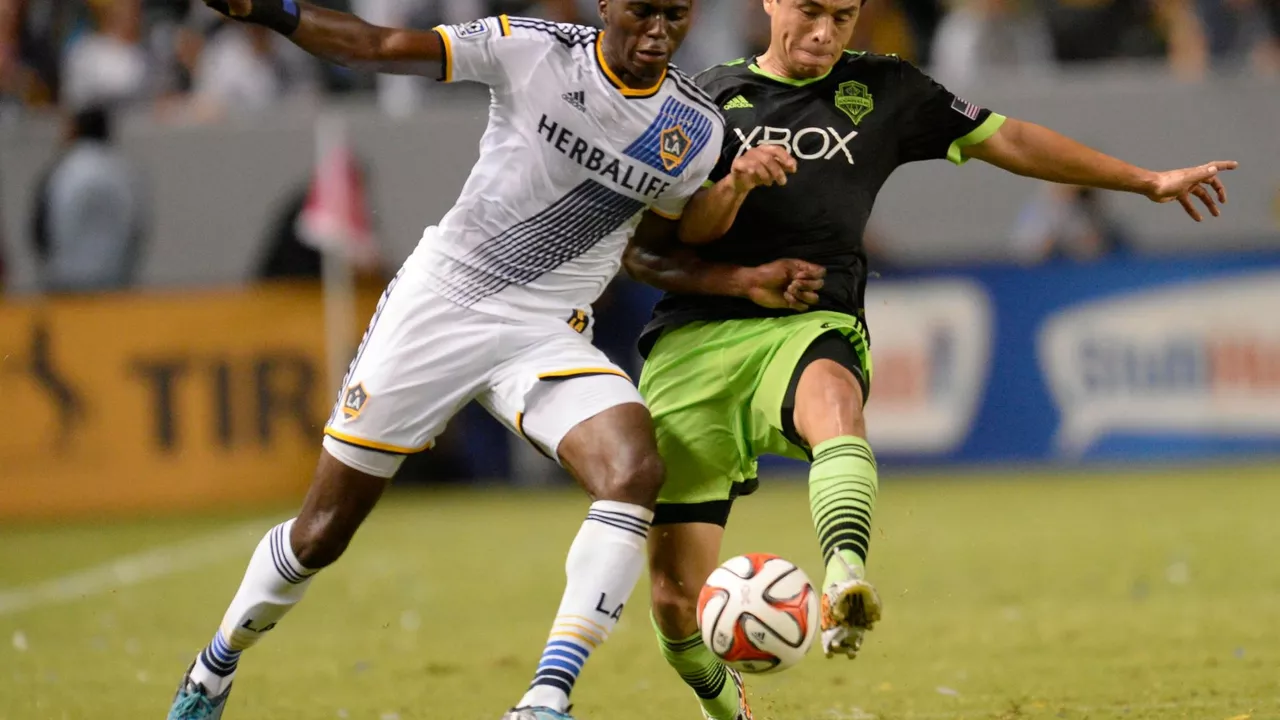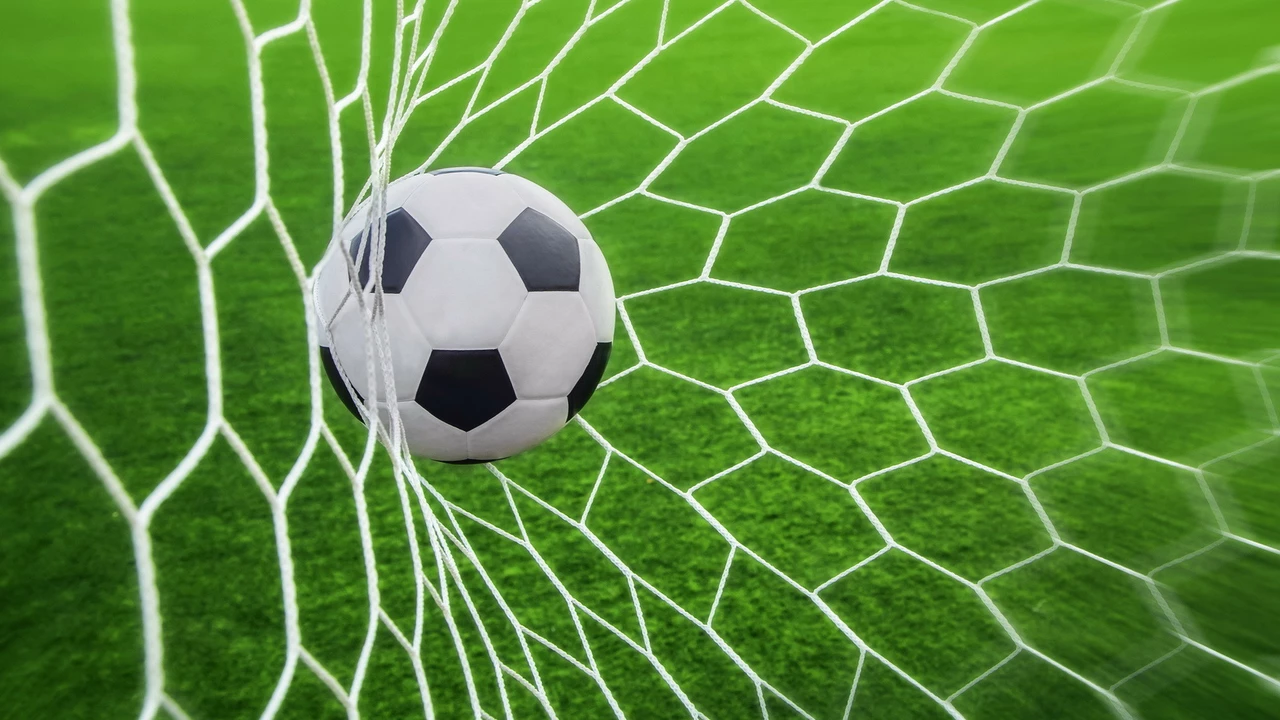Sports Analysis: Deep Dives into Soccer Stats and Trends
If you love soccer, you probably wonder how physical traits and numbers shape the game. On this page we break down two hot topics: whether a player’s height really matters in MLS and how goal differential can make or break a team’s season. Both ideas are simple, but they reveal a lot about strategy, talent scouting, and league tables.
Does Height Matter in Soccer (MLS)?
Height can be useful, especially when you need to win aerial battles or protect a goal. Taller forwards often get more chances on set pieces, and big goalkeepers cover more net. But MLS history shows that skill outweighs size. Players under 5’8" have starred as midfield maestros, wingers, and even strikers, using speed, agility, and precise footwork to outmaneuver taller opponents. The key is a mix of physical traits and technical ability – a short player with great timing can still dominate a header, while a tall player who lacks ball control may struggle in tight spaces.
Coaches today look for versatility. A player who can jump high, sprint fast, and dribble well adds more options than someone who only excels in one area. So, if you’re scouting talent or just debating with friends, remember that height is an advantage, not a guarantee of success.
How Goal Differential Is Calculated in Soccer
Goal differential is the simple math of goals scored minus goals conceded. For example, if a team scores 40 goals and lets in 30, the differential is +10. This number often decides the order when teams finish a season with equal points. A higher differential signals a team that scores more than it lets in, which usually means a stronger overall performance.
Why does it matter? In tight leagues, a single extra goal can push a club into playoff spots or keep it out of relegation. Managers keep an eye on it during every match, sometimes choosing an aggressive approach late in games to boost the margin. For fans, tracking differential adds another layer of excitement – every goal adds to the story of the season.
Both topics highlight how soccer blends physical traits with numbers. Whether you’re watching a tall striker rise for a corner or a team chase a better goal differential in the final minutes, the game rewards a mix of talent and strategy. Keep these insights in mind next time you analyze a match, and you’ll spot the hidden factors that shape the beautiful game.

